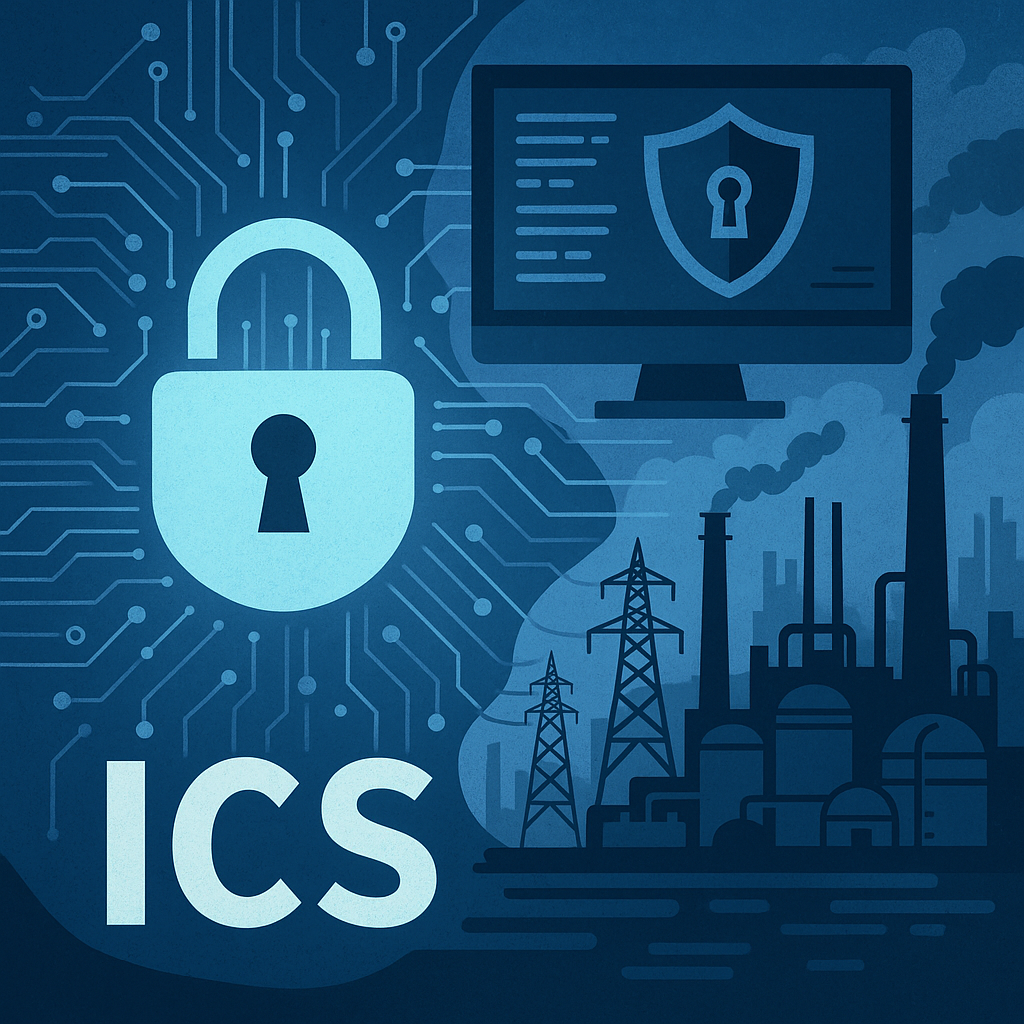Decoding the Layers of Cyber Defense: OT, ICS, and SCADA Systems
In today's interconnected world, the significance of securing industrial control systems cannot be overstated. From the electricity that lights up our homes to the water that flows from our taps, a myriad of critical infrastructure components rely heavily on complex networks and systems known as Operational Technology (OT), Industrial Control Systems (ICS), and Supervisory Control and Data Acquisition (SCADA). Understanding the nuances of these systems is crucial for protecting them from cyber threats.
What is Operational Technology (OT)?
Operational Technology encompasses hardware and software that monitor or control equipment, assets, or processes within industrial environments. OT is crucial for industries like manufacturing, energy, and utilities and forms the backbone of modern industrial operations. A breach in an OT system can lead to severe operational disruptions and safety risks (Palo Alto Networks).
Understanding Industrial Control Systems (ICS)
ICS refers to integrated hardware and software designed to support industrial processes. Within an ICS framework, specialized devices such as programmable logic controllers (PLCs) or remote terminal units (RTUs) are commonly employed to manage industrial operations. ICS security focuses on ensuring the uninterrupted and safe operation of these machines and their associated data (Balbix).
The Role of SCADA
SCADA systems are a type of ICS that are used to control dispersed assets, often scattered across vast geographic locales. These systems are pivotal in gathering real-time data and controlling large-scale processes. SCADA systems are particularly common in sectors like water treatment facilities, electric power transmission, and pipeline systems, where centralized data acquisition is crucial for operational continuity (Palo Alto Networks).
Comparing Security Challenges
While OT, ICS, and SCADA systems are interconnected in many ways, each faces unique security challenges. OT, as the overarching framework, integrates security measures dealing with both physical and cyber threats. ICS is typically more focused on internal processes and machinery safety. SCADA's primary security concern revolves around the central control and surveillance of processes, making it a significant target for cyber-attacks intending to disrupt public services or extract large-scale ransomware payments (Balbix).
Global Security Trends and the Growing Threat Landscape
According to the 2025 OT Cybersecurity Report by Dragos, the vulnerabilities within these systems are increasingly targeted by sophisticated cyber-threat actors aiming to disrupt critical national infrastructure. The evolving complexity of cyber threats necessitates a dynamic, informed defense strategy tailored to the unique characteristics of OT, ICS, and SCADA environments (Dragos).
Takeaway: Strengthening Our Cyber Defenses
To safeguard these critical systems, an integrated, layered approach to cybersecurity is essential. Entities responsible for these systems must prioritize comprehensive security audits, regular staff training, and a clear understanding of the unique challenges posed by OT, ICS, and SCADA systems. Through proactive defense and resilience planning, it is possible to mitigate risks and protect critical infrastructure from looming cyber threats.
